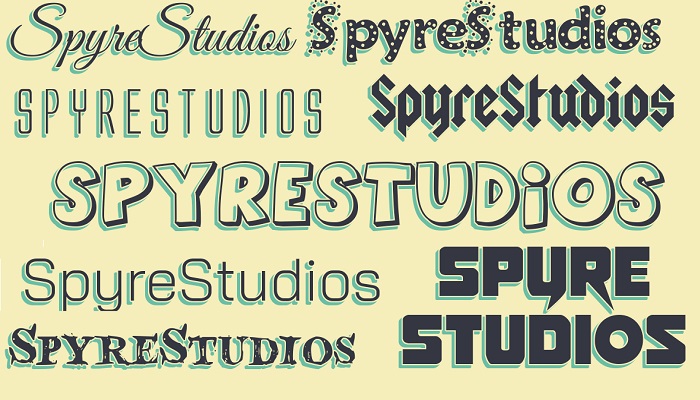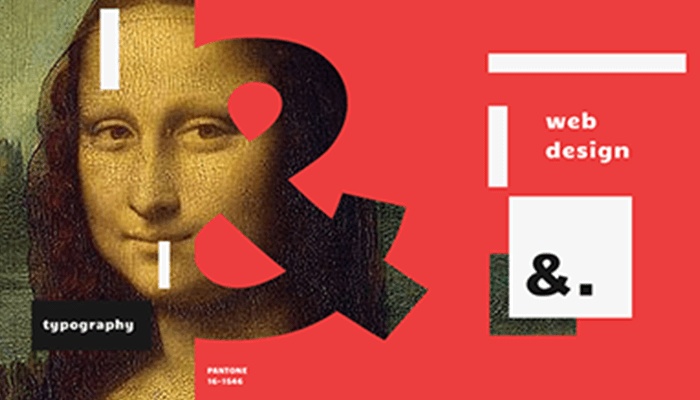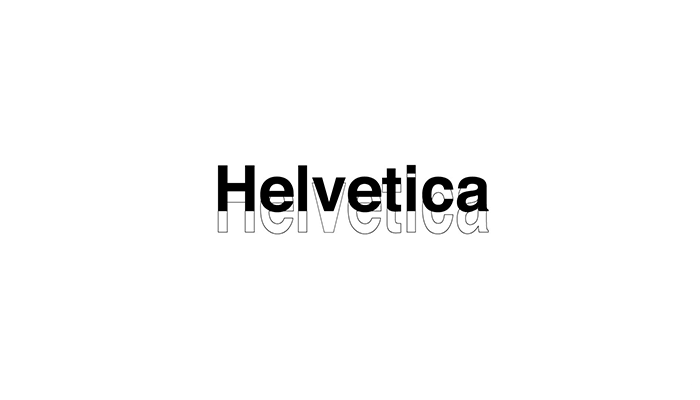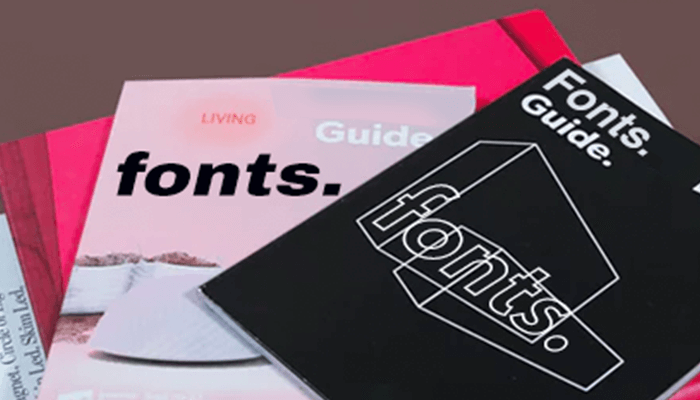
Handwritten fonts display a touch of uniqueness to a website by grabbing the visitor’s attention right from the start. Your homepage is your bread and butter in leaving a good first impression the second your site loads. Brand identity is characterized by a killer logo, your brand colours and proper typography.
The process of choosing a set of fonts for your site can be overwhelming at times. However, they can have a significant influence on how appealing your overall web design looks to your users.
So if you’re looking to make hay while the sun shines, we will help you along the way by providing a few useful tips in this article and show you why handwritten style typography can set you apart from others.
Set your website’s tone with the right font

Some way, fonts have their own jargon. They all have a thing to articulate, ahead of the words on your page. They may present themselves as casual or neutral; exotic or graphic. That’s why it’s important to consider how you would want your message to resonate and pick a suitable font.
Here is a glance over some of the most common types of fonts and their traits:
- Serif – You can recognize them from the tiny strokes hanging on the edges of the main part of the letter. Due to their classic look, they’re good for more traditional projects.
- Sans Serif – This style is viewed as more spotless and present day than serif. Additionally, it will, in general, be simpler to read on PC screens, including portable devices.
- Display fonts – These come in various styles, like Algerian, Broadway, Cooper Black and Stencil just to name a few. Due to its’ fancy looks, this style is great for short text; for instance, titles and headers.
You have probably heard the term “opposites are drawn toward each other.” Luckily, such theory applies to fonts as well. Don’t hold yourself back to match styles that are dissimilar but can complete each other organically, such as Sans Serif with Serif, short with tall or decorative with simple. I discovered Mixfont lately, a font pairing generator that can inspire your search process if you’re looking for suggestions.
When you choose what fonts to work with, just bear in mind this simple rule; being minimalistic is realistic! One or two will be more than enough to do the job right. Try increasing one of your font’s size, style or boldness if you need more contrast. This method is essential for combining attractive font together that best represents your brand. Check out flamingtext if you’re looking for a free online tool to dig into font ideas. Also, here’s a recent article to help you select the best font for your website if you need some guidance along the way.

Visual hierarchy and text structure
The 4 elements for a neat text structure are hierarchy, leading, tracking and kerning. I will explain it in detail further down. If you’ve heard about these before, you must agree that these notions are fundamental to display a proficient site design.
The role of Hierarchy is to shift the reader’s attention to something you want to make stand out. In other words, it shows them where to begin and where to go next, using different levels of emphasis. Establishing hierarchy is simple. Just identify which elements you want readers to see first, then make them stand out. Things on which you wish you add more emphasis on are usually larger, darker or different in some way.
Leading is the gap in the middle of lines of text, otherwise called line dispersing. If you’re not sure on the amount of spacing to use, don’t worry – the default is usually fine. The objective is to make your content easy and convenient to read. Exaggerated line dispersing can throw off readers in a matter of seconds.
Kerning is the method of fine-tuning the gap between characters in a comparable font, usually to attain a visually appealing outcome. It adjusts the space between individual letters, contrary to tracking (letter-spacing), the latter fixes spacing over a sphere of characters.
Tracking is the gap within characters, often referred to as “character spacing”. Almost all software allows you to condense or expand this depending on the final results you’re after. In some layouts, you may change your tracking to breathe out a specific creative outcome.

Hand-drawn lettering on your website
Prior to computers, logos and lettering were drawn by hand with fine precision. As technology progressed and more sophisticated programs became available, people have begun looking back at traditional methods of lettering as a source of inspiration.
What makes hand-drawn typography unique is that it is a custom solution. No matter how many thousands of true fonts you download, it will never reach the level of authenticity of a tailor-made design. There are devices which you can connect to your laptop and turn your hand-drawn artworks into vectors using Adobe Illustrator for example.
On the other hand, if you are far far away from being a designer, I would recommend using a service like Envato Elements and download their script/handwritten font packages.
Combining the aforementioned tools and techniques in this blog with user-friendly website builders like SquareSpace, Ucraft or Wix, you can start filling up your pages by experimenting with handwritten fonts to get a grasp of the big picture. These builders have built-in tools that will allow you to customize your typography as well as upload your own custom fonts if that’s what you wish.
Conclusion
The objective of fascinating typography is to make your text readable, not only elegant. Nobody likes to stare at something in order to decode a word. Well-arranged text will distinguish a mediocre project from an extraordinary one, even if you’re just getting started with design.
Haig is a freelance copywriter specializing in SaaS industry. He is also a blogger for Ucraft website-builder. His passions are organic search engine optimization and indie music. Follow him via his website and LinkedIn profile.
Author: Spyre Studios